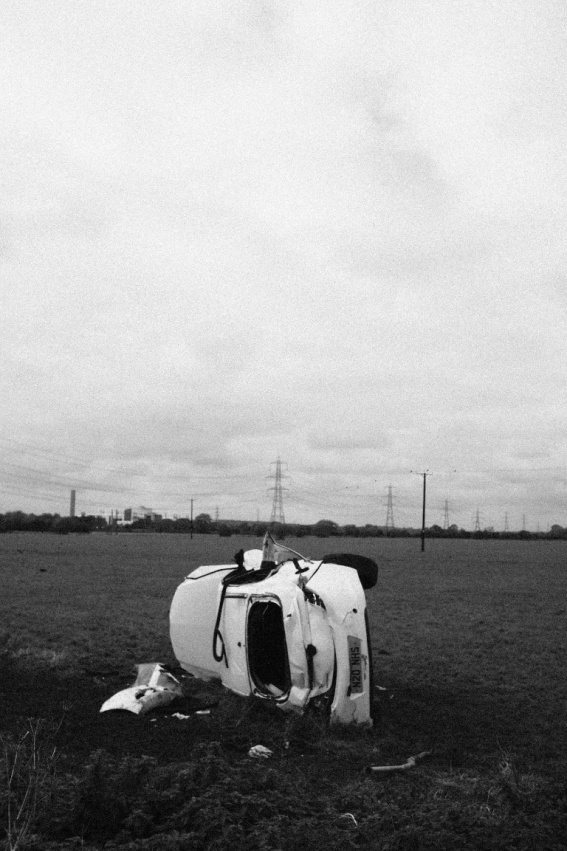
High-speed crashes are among the deadliest incidents on the road, often causing irreversible harm in moments. Speeding feels tempting, but the risks far outweigh any gain. Here’s whyreflecting on high-speed crashes can prevent tragedies:
Driving at high speeds reduces your ability to react to sudden changes, like a pedestrian crossing or a car stopping. The faster you go, the longer it takes to stop, increasing the chance of a crash. The National Highway Traffic Safety Administration (NHTSA) reported that speeding contributed to 11,775 deaths in 2023.
In the Henry Ruggs III crash, excessive speed led to a fatal collision, showing how quickly tragedy strikes. High-speed crashes often involve severe injuries, like brain trauma or broken bones. These incidents affect not just drivers but also passengers, pedestrians, and entire communities.
Families face lasting emotional pain after losing loved ones in such crashes. Emergency responders risk their safety at chaotic crash scenes. The ripple effects of speeding touch everyone on the road.
Speeding becomes even more dangerous when combined with other factors, like not wearing seatbelts. Unbelted drivers or passengers face higher risks of being ejected from the vehicle in a crash. NHTSA notes that seatbelts reduce fatal injury risk by 45% for front-seat passengers.
Impaired driving, such as driving under the influence, worsens high-speed risks. In the Ruggs case, alcohol played a role, amplifying the crash’s severity. Staying sober and alert is essential when driving fast.
Bad weather, like rain or fog, also makes speeding riskier. Slippery roads reduce traction, and high speeds make it harder to control your vehicle. Mindful driving helps manage these combined dangers.

Staying within speed limits is a simple way to reduce crash risks. Limits are set based on road conditions, traffic patterns, and safety data. Following them helps you stay in control and avoid accidents.
Planning your trips with extra time prevents the urge to speed when running late. Setting your GPS before driving avoids distractions that can lead to speeding. These habits support safer roads.
In heavy traffic or bad weather, slowing down gives you more time to react. Passengers can help by speaking up if you’re driving too fast. These steps promote safety for everyone.
A Prosecutor’s Plea for Mindful Driving
According to Attorney Stephen Bridger from Phoenix, Arizona, “Speeding turns roads into danger zones, harming drivers and innocent bystanders. Choosing safe speeds prevents heartbreak. Responsibility keeps communities safe.”
Stephen Bridgeris a lawyer based in Phoenix, currently employed at the Pinal County Prosecutor’s Office. As a state prosecutor, he does not provide legal advice or represent individuals, but works on behalf of the state to hold impaired drivers accountable and support public safety.
